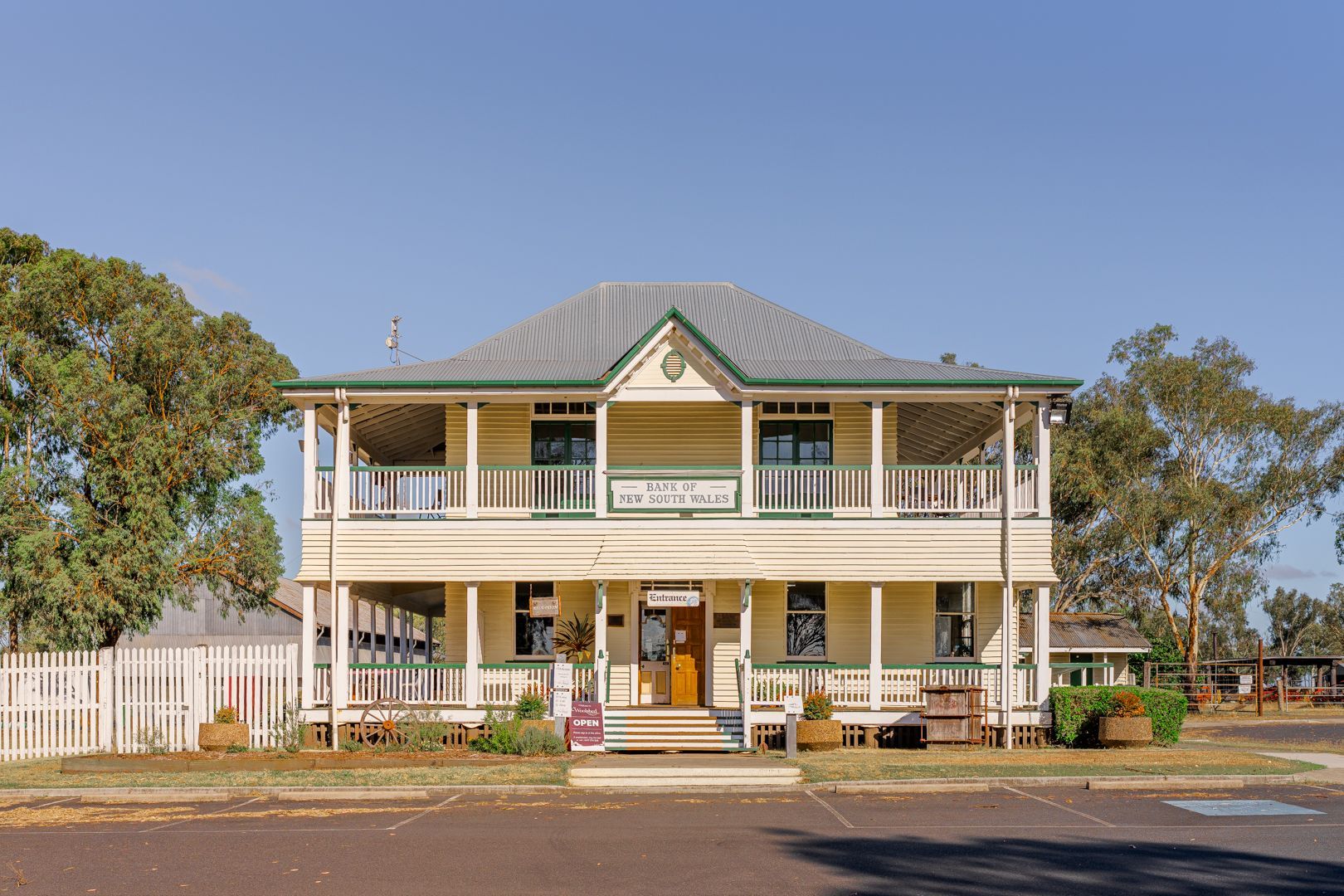museum
James Charles White (1809-94) was the manager of Robert Tooth’s Queensland stations, Jondaryan, Goomburra, Callandoon and Pikedale when he designed the new shearing shed at Jondaryan Station. The famous woolshed was built 1859-61 at a cost of approximately £5000. The ‘T-shaped’ shed had 52 stands for shearers in the east/west wings and could hold 3000 sheep. The north wing processed the shorn wool, first the wool classers, then the wool bins, two wool presses, scales and stencil for bales and lastly storage of bales waiting to be loaded onto a wool wagon.
The Woolshed

The Collection
The Jondaryan Woolshed has a fine object collection that serves as a tribute to and to tell the stories of the shearing industry and the development of agriculture on the Darling Downs.
The Hugh Tindall shearing collection is one of the finest and most comprehensive collections in Australia. Hugh worked as a shearer throughout North West Queensland and over many decades developed this truly unique collection. From the early blade shears through to the era of mechanised shearing this collection helps tell the stories of the men and women of the shearing industry that was the backbone of the Australian economy for 100 years.
The museum’s collection includes a fine display of horse drawn vehicles and farming implements, early tractors and Sunshine Harvesters.

The History
The story of the Jondaryan Woolshed began in 1840, and at the time, the station was called Gundarnian, which in the local Jarowair dialect translated to Fire Cloud or Place of the Fire Cloud. For the first 17 years, it changed hands seven times, and little development was carried out.
Henry Denis, accompanied by an aboriginal named Warrigal, reached the Darling Downs in late 1840 and laid claim to an area he named Jimbour for Sir Richard Scougal. He claimed the Myall Creek area for Charles Coxen and took up the area that became Jondaryan for himself. However, Denis didn’t register his claim and Charles Coxen became the first registered owner.

264 Jondaryan Evanslea Rd, Jondaryan QLD 4403
Opening Hours
Monday to Friday
9am - 3pm
Weekends & Public Holidays
9am - 3pm


All Rights Reserved | Jondaryan Woolshed | Designed and developed by Hey Marketing